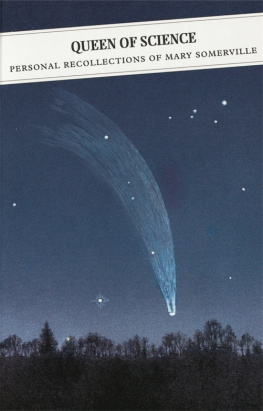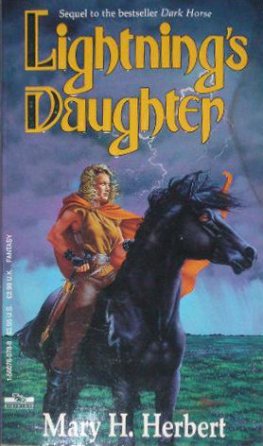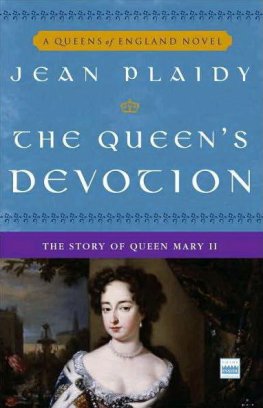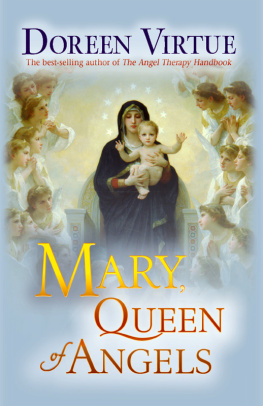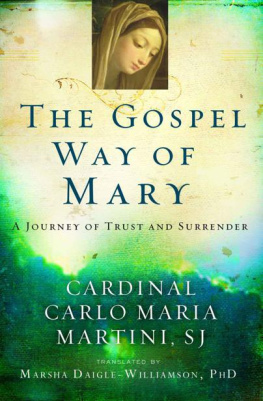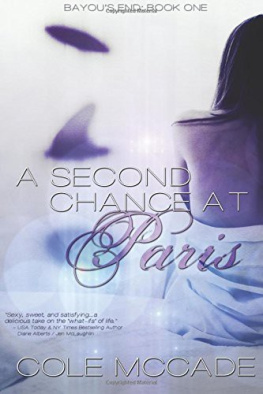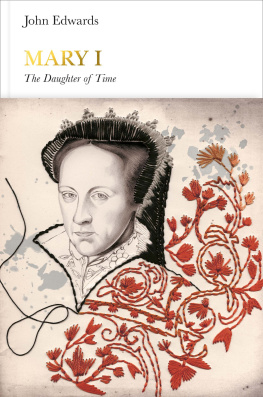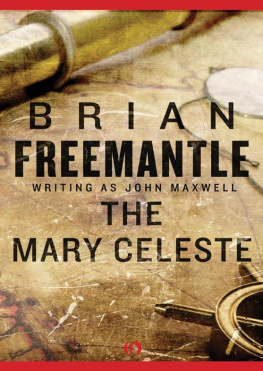Contents
Introduction Parentage Life in Scotland in the Last Century Early Education School
Freedom Religious Education Jedburgh
Edinburgh Youthful Studies and Amusements Politics the Theatres of the Time
Edinburgh Supper Parties Tour in the Highlands Mutiny in the Fleet Battle of Camperdown
First Marriage (1804) Widowhood Studies Second Marriage
Somerville Family Dr Somervilles Character Letters Journey to the Lakes Death of Sir William Fairfax Reminiscences of Sir Walter Scott
Life in Hanover Square Visit to France Arago Cuvier Rome
Education of Daughters Dr Wollaston Dr Young The Herschels
Society in London Coronation of George IV Letter to Dr Somerville
Death of Margaret Somerville Letter from Mrs Somerville to the Rev. Dr Somerville Life at Chelsea The Napiers Maria Edgeworth Tour in Germany
Letter from Lord Brougham Writes Mechanism of the Heavens Anecdote of the Roman Improvisatrice Letters from Sir John Herschel and Professor Whewell Elected Hon. Member of the Royal Astronomical Society Notice in the Acadmie des Sciences, and Letter from M. Biot Pension Letter from Sir Robert Peel Begins to Write on the Connexion of the Physical Sciences Visit to Cambridge Letters from Professor Sedgwick and Laplace
Paris Arago, Lafayette, MM. Bouvard, Poisson, Lacroix, &c., Marquise de Laplace, Dupin, F. Cooper Legitimiste Society Majendie Visit Baron Louis Letter from Lafayette
Return to England Letter from Hallam Treatise on the form and Rotation of the Earth and Planets Second Edition of The Connexion of the Physical Sciences Letters from Maria Edgeworth, Miss Berry, Lord Brougham, Mrs Marcet, Admiral Smyth Double Stars Eclipse of Double Stars Letter from Admiral Smyth Sir William Herschel Nebul Letter from Lord Rosse Letter from Sir John Herschel Sir James Souths Observatory Mr John Murray Miss Berry Lord Dudley Mr Bowditch and Other Distinguished Americans Mrs Browning Washington Letter from the Rev. Dr Tuckerman Sir William Fairfax Attacked by Highwaymen
Rome, Naples, and Como Baden Winter at Florence Siena Letter from Lord Brougham Mr Mountstuart Elphinstone Life at Rome Campagna Cattle
Albano Popular Singing Letters from Mrs Somerville Gibson Perugia Comet of 1843 Summer at Venice Letters from Mrs Somerville and Miss Joanna Baillie Elected Associate of the College of Resurgenti and R. I. Academy of Science at Arezzo
Publishes Physical Geography Letter from Humboldt Christmas at Collingwood Letter from Mrs Somerville Faraday Letter from Faraday Keith Johnstons Maps Winter at Munich Salzburg Lake of Garda Miniscalchi Poem by Caterina Brenzoni Letter from Brenzoni Letter from Mrs Somerville loge by Miniscalchi Winter at Turin Baron Plana Camillo Cavour Colline near Turin Genoa Teresa Doria Florence Miss F. P. Cobbe Vivisection Excursions in the Neighbourhood Cholera Misericordia Pio Nono in Tuscany Comet Tuscan Revolution War in Lombardy Entry of Victor Emmanuel into Florence Letters from Mrs Somerville My Fathers Death Letter from Miss Cobbe
Spezia Genoa Begins Molecular and Microscopic Science Turin Spezia British Fleet Letters from Mrs Somerville Garibaldi Severe Illness Florence My Brothers Death Naples Eruption of Vesuvius J. S. Mill Change in Public Opinion on Womens Education Eighty-Ninth Year Describes her Own Character Thoughts on a Future Life Progress in Knowledge of Geography Victoria Medal Medal from Royal Italian Geographical Society Letter from Menebrea Rome, Capital of Italy Aurora Borealis
Eclipse Visits of Scientific Men Life at Naples Darwins Books Remarks on Civilisation Fine Aurora Borealis Death of Herschel Summer at Sorrento Bill for Protection of Animals Ninety-Second Year Letter from Professor Sedgwick Grand Eruption of Vesuvius Last Summer at Sorrento, Plants Found There Conclusion
Cheerful though wise, though learned, popular,
Liked by the many, valued by the few,
Instructs the world, yet dubbed by none a Blue.
Mary Somerville was one of the most remarkable women of her time, or indeed of any time. During her long life she moved from obscure private life in the little town of Burntisland in Fife, to the celebrity of being an internationally acclaimed mathematician, astronomer, physical scientist and geographer. When she died in her 92nd year, obituaries appeared in newspapers and journals all over Europe and in America: the Morning Post obituary called her, with complete confidence, the Queen of science (Mon. 2 Dec. 1872). Throughout her long life she was a respected presence in body or in correspondence on various British, European and American scientific scenes. The work for which she is probably still best remembered is her translation of Laplaces Mcanique cleste as The Mechanismof the Heavens in 1831; her most ambitious work was probably On the Connexion of the Physical Sciences (1834), which ran to nine British editions in her lifetime; but there is also Physical Geography, two vols. (1848), which, as she points out in her Recollections, went through nine editions, has been translated into German and Italian [] and went through various editions in the United States (p. 162); and On Molecular and Microscopic Science, which she published when she was in her 89th year, and which The Morning Post suggests was her magnum opus.
Mary Somerville was born on 26 December 1780 in the manse at Jedburgh, the home of her mothers sister, who was married to the local minister, the Rev. Dr Thomas Somerville. She was the fifth child of Lieutenant (later Vice-Admiral) William George Fairfax and his second wife, Margaret Charters. Fairfax had just embarked on a long period of sea duty and his pregnant wife was living at her sisters home when the child was born. Mrs Fairfax was ill after the confinement and the baby, Mary, was suckled by her aunt. Mary Somerville points out that since her second husband was her aunts elder son, she was nursed by her mother-in-law (p. 9). The Fairfax family was from Yorkshire and was connected to Sir Thomas Fairfax, commander of the New Model Army, which defeated Charles I; the family also had American connections (p. 150). The Charters family was also an old family, related to several other notable Scottish families.
Four of Margaret Charterss seven children survived: Samuel, Mary, Margaret and Henry. They were brought up in Burntisland in a house that is still standing. In her Personal Recollections Mary Somerville describes her childhood and adolescence in Burntisland and at school in Musselburgh, as well as her social life as a fairly well-connected young lady in Edinburgh. The explanation of the difficulties she surmounted to acquire the education she craved is best experienced through her own words.
By 1804, when she married her cousin, Samuel Greig, her unconventional desire to learn geometry, algebra and the classics was already well established, in spite of the obstacles placed in her way, even by those who loved her. Greig was the son of Admiral Sir Samuel Greig, who had gone to Russia in 1763 to organise Catherine IIs navy. To allow the young couple to marry, Greig was appointed Russian consul in London and Mary moved into his house there. Neither the house nor the marriage seems to have been very comfortable. Samuel Greig died in 1807, aged only 29, leaving Mary Somerville with two young children, Woronzow, called after the Russian Ambassador in London, and William George. As a widow back in her parents home, Mary Somerville had the means and the independence to pursue her studies. And this she did until in 1812 she married again, again to a cousin, William Somerville, an army doctor. The story of this happy union is embedded in the Recollections. There was at first a brief period in Edinburgh, then the family settled in London, where in 1819 William Somerville, after some vicissitudes, became Physician at Chelsea Hospital. During the next two decades the Somervilles played a significant part in the intellectual life of London: their acquaintance embraced the worlds of science, arts and politics.

